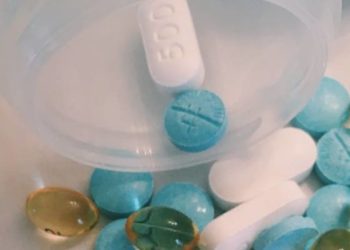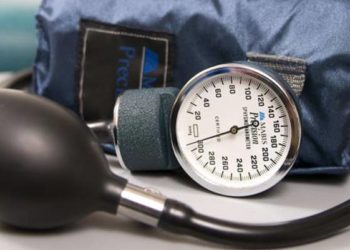Long-acting buprenorphine depot injections may be efficacious in treatment of opioid use disorder
1. In this double-blind randomized controlled trial, weekly or monthly buprenorphine depot injections were non-inferior to daily sublingual buprenorphine/naloxone in maintaining no evidence of illicit opioid use at 24 weeks in outpatients with opioid use disorder (OUD).
2. The mean opioid negative urine samples (as calculated with the cumulative distribution function) was statistically higher in the long-acting buprenorphine injection group.
Evidence Rating Level: 1 (Excellent)
Study Rundown: Opioid use disorder (OUD) is a public health concern. It can be treated with pharmacotherapies but adherence to daily medications may not be optimal. Depot injections of long-acting buprenorphine may improve adherence. This outpatient, double-blind, double-dummy randomized controlled trial aimed to determine whether treatment with long-acting subcutaneous buprenorphine (SC-BPN) depot formulations was non-inferior to daily sublingual (SL) combination buprenorphine/naloxone (SL-BPN/NX) in the treatment of OUD.
Weekly or monthly SC-BPN injections were non-inferior to SL-BPN/NX in responder status (defined as having no evidence of illicit opioid use at 24 weeks) and proportion of opioid negative urine samples. The cumulative distribution factor of the mean proportion of samples with no evidence of illicit opioid use was statistically superior in the SC-BPN group as compared to the SL-BPN/NX group. Non-severe injection site adverse events were similar across groups. The major strengths of this study was in its design. However, there was only short-term follow-up.
Click to read the study published in JAMA Internal Medicine
Relevant Reading: Injectable extended-release naltrexone for opioid dependence: a double-blind, placebo-controlled, multicentre randomised trial
In-Depth [randomized trial]: This double-blind, double-dummy randomized clinical trial was conducted in adult outpatients with moderate to severe OUD at 35 sites across the US from December 2015 to October 2016. Exclusion criteria were those who received pharmacotherapy for OUD in the past 60 days, patients with AIDS, chronic pain requiring opioid therapy, pregnancy, lactation or planned pregnancy, patients on strong P450 CYP 3A4 inhibitors, liver enzyme elevations greater than 3x the upper limit of normal (ULN) or creatinine levels greater than 1.5x the ULN. Eligible patients were randomized to daily SL placebo and weekly and monthly SC-BPN injections or to daily SL-BPN/NX with matched weekly and monthly SC placebo injections. The outcome of interest tested for non-inferiority was response rate and the mean proportion of opioid negative urine samples for 24 weeks (calculated using the cumulative distribution function [CDF]).
Among the 428 participants, 215 were randomized to SL-BPN/NX and 213 to SC-BPN. The response rates were 14.4% for SL-BPN/NX and 17.4% for the SC-BPN group (95% CI -4.0% to 9.9%; p < 0.001). The proportion of opioid negative urine samples was 28.4% for the SL-BPN/NX group and 35.1% for the SC-BPN group (95% CI -0.1% to 13.6%; p < 0.001). The CDF for the SC-BPN group was statistically superior to the CDF of the SL-BPN/NX group (p = 0.004) indicating statistically higher mean proportion of opioid negative urine samples in the SC-BPN group.
Image: PD
©2018 2 Minute Medicine, Inc. All rights reserved. No works may be reproduced without expressed written consent from 2 Minute Medicine, Inc. Inquire about licensing here. No article should be construed as medical advice and is not intended as such by the authors or by 2 Minute Medicine, Inc.







